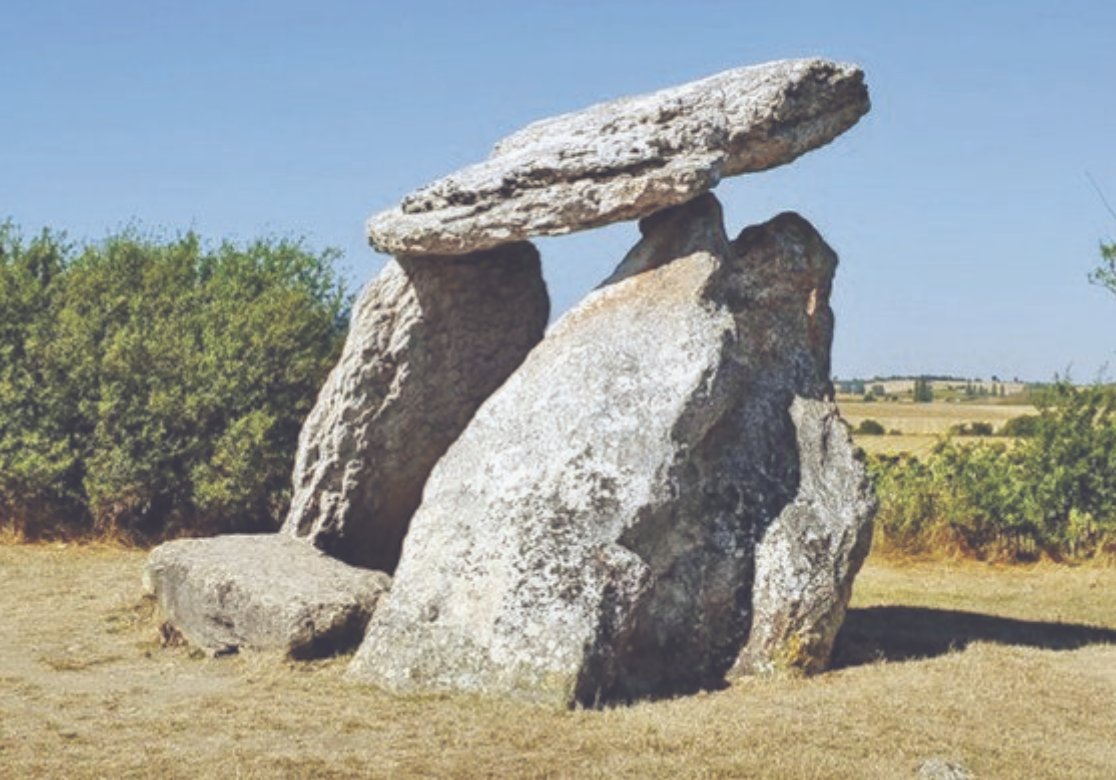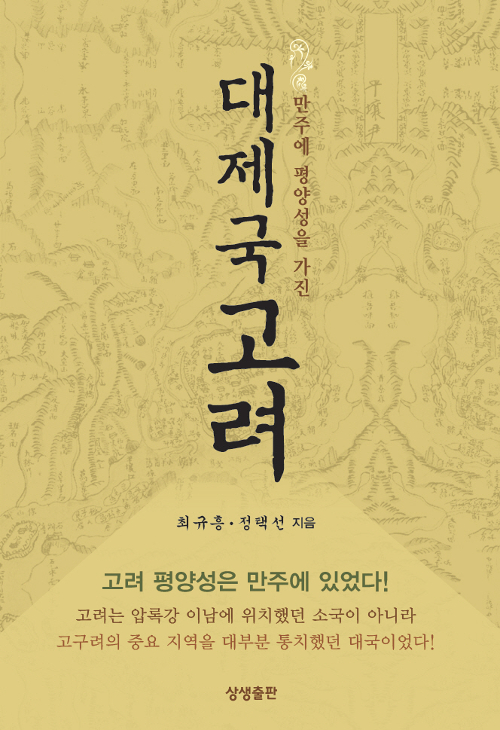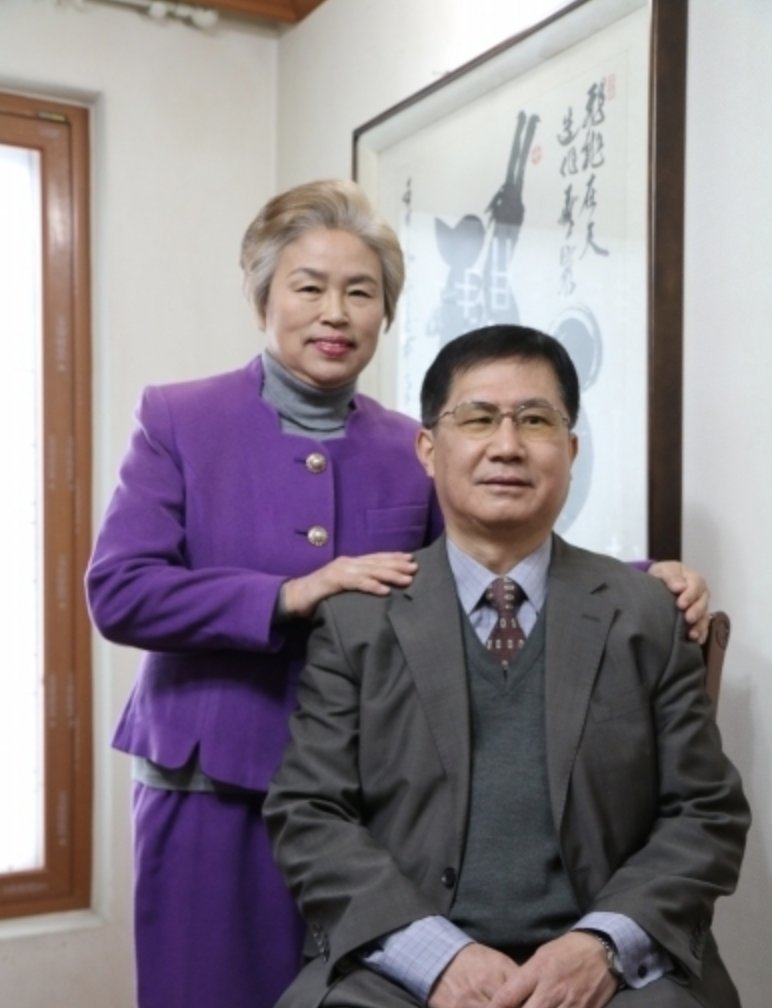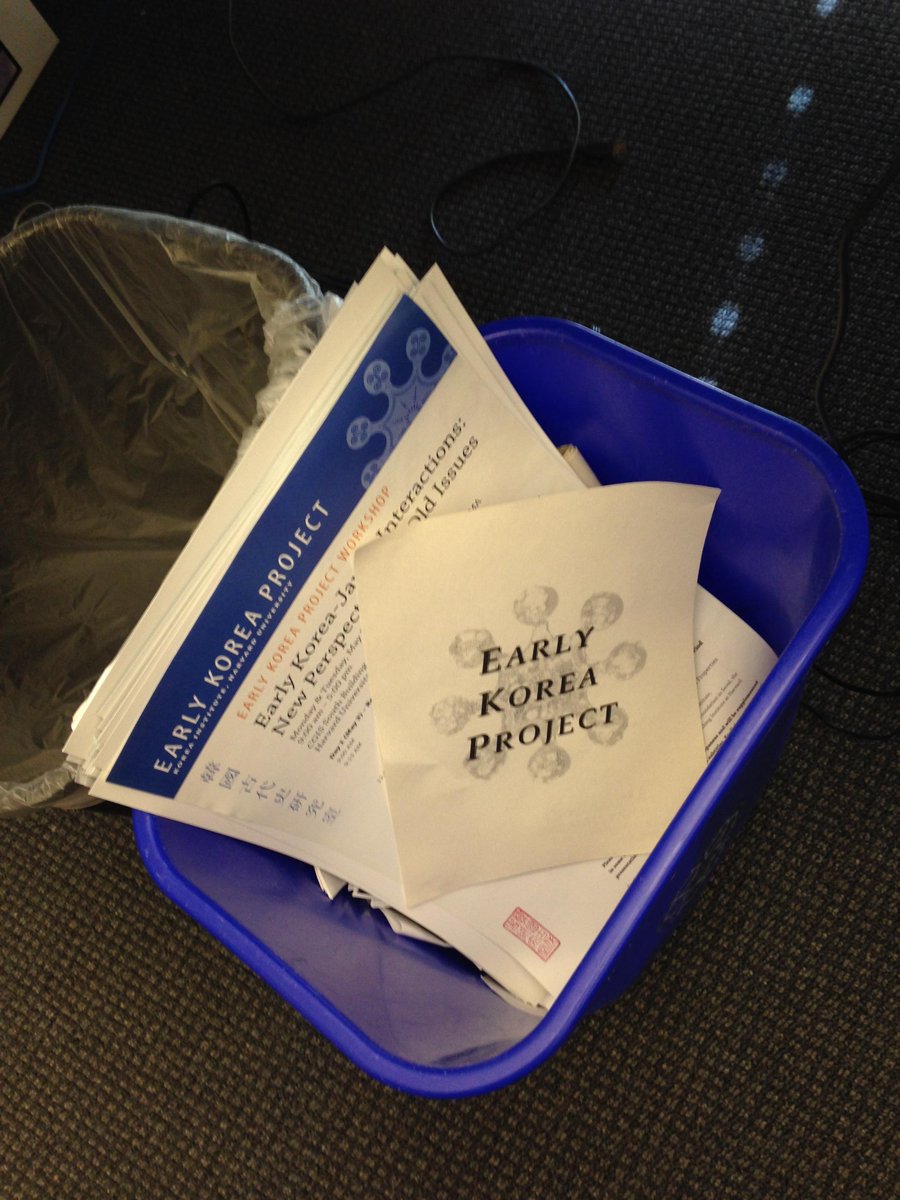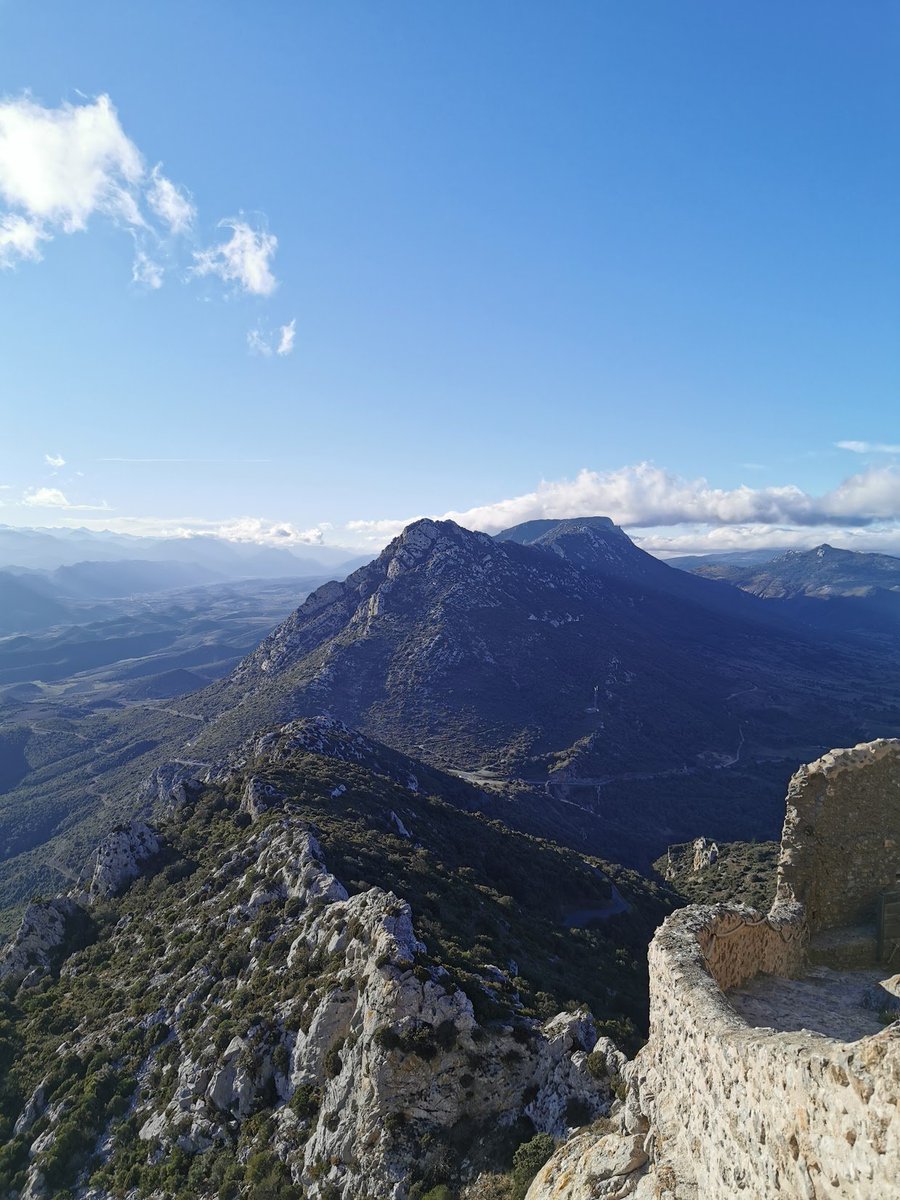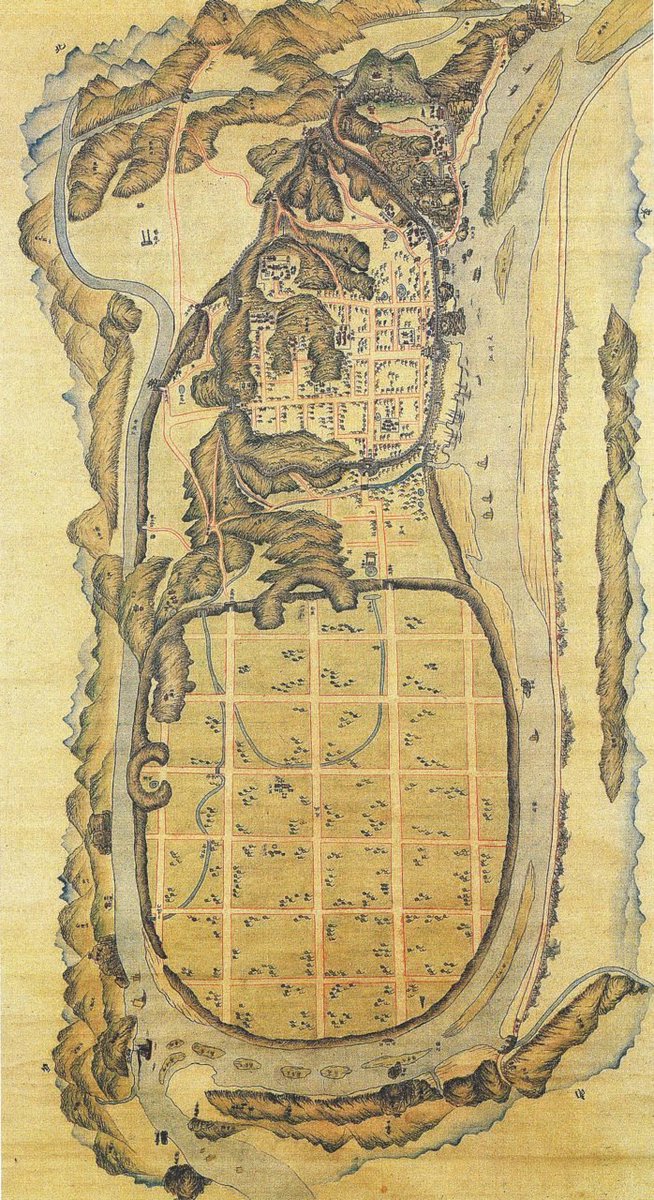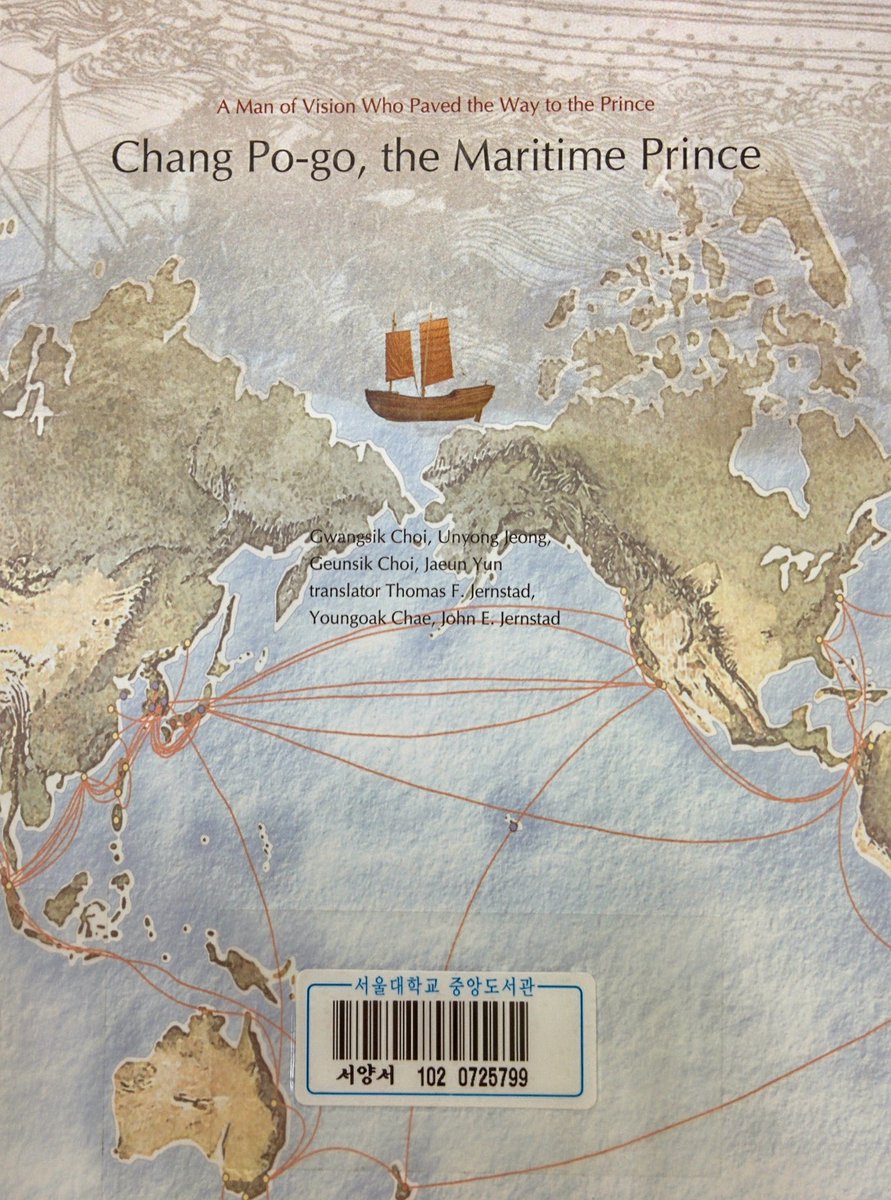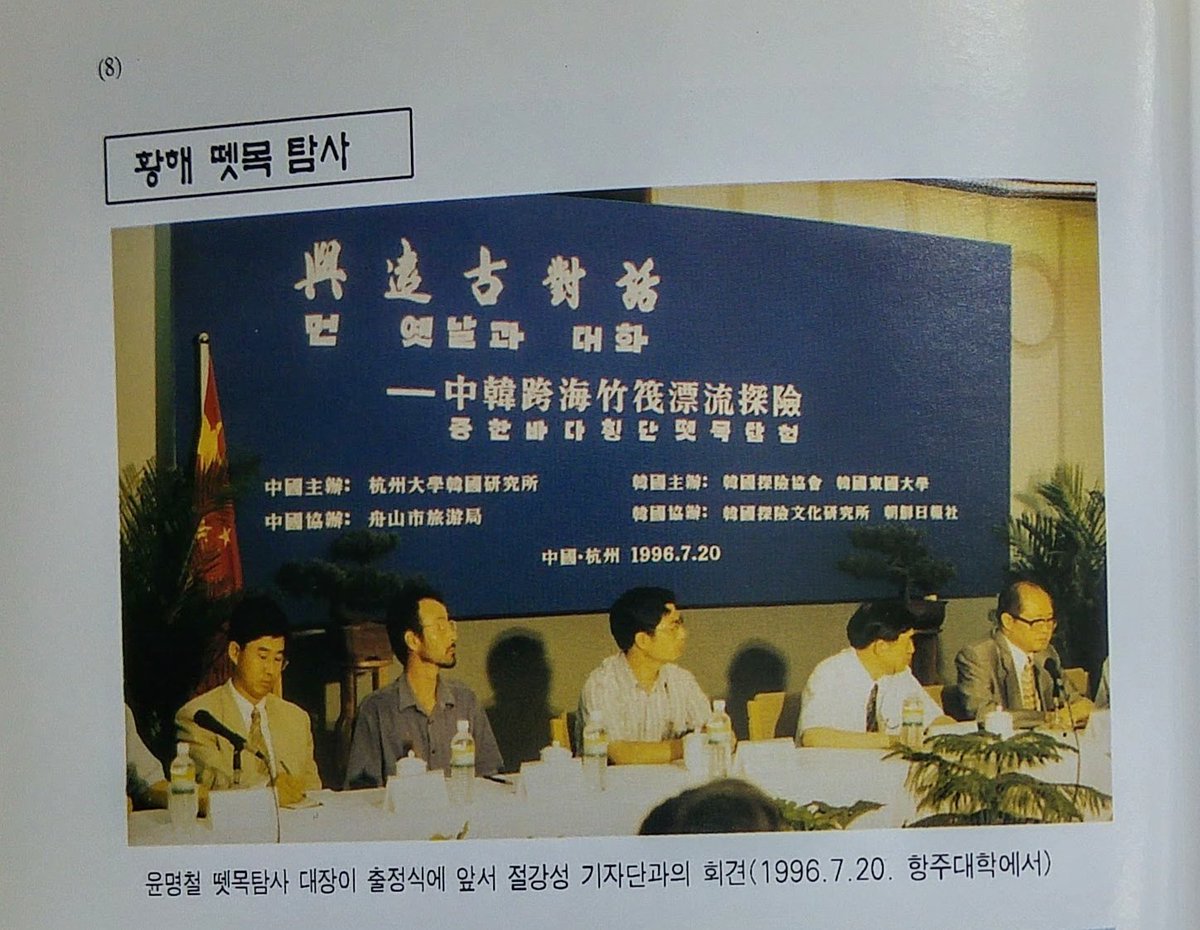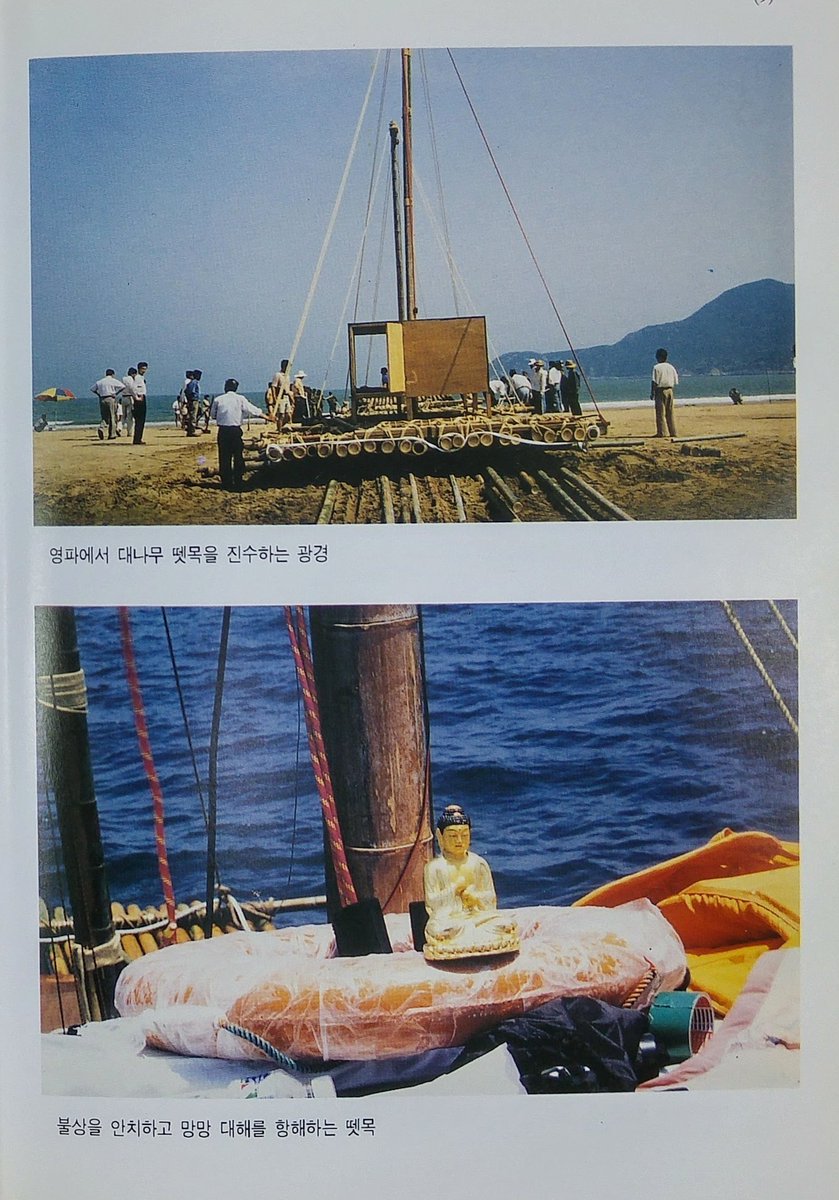Korean pseudohistory is out of control. Shin Yong-ha, professor emeritus of sociology at @SNUnow, claims in his monthly columns that ancient Korean culture spread to Europe. In October, the Huns were Korean. This month, the Basques are Korean. https://news.joins.com/article/23964993
In December 2020, two @SNUnow PhDs in mathematics, used topological analysis to "prove" that medieval P'yôngyang was located in Manchuria. Their interpretation was based on a ridiculous misreading of a 19th-century map. Much media attention was given to their work.
In 2016/17, psudohistorians and their political allies in South Korea's national assembly defunded the Early Korea Project at Harvard University. Mark Byington's retrospective account in Korean and English is an enlightening read. http://www.ikaa.or.kr/webzine/read.php?pid=10&id=114&PHPSESSID=add52853d5c1ed583697b326abaddf94
The ultra-nationalist and self-styled "progressive" politicians who defunded EKP and destroyed the trust between Koreanists and the South Korean government are still active senior members of the Moon administration.
Andrew Logie at the University of Helsinki has been actively researching and publishing on South Korea's pseudohistorians. You find personalities linked to new religions, high-ranking politicians, and prestigious universities such as my own employer. https://researchportal.helsinki.fi/en/persons/andrew-logie
Joking aside, Korean pseudohistory has done tremendous damage to historical research of Korea. Many of my colleagues prefer to remain silent. I believe that pseudos should be condemned publicly.
I will update this thread when Shin and others publish more of their nonsense.
I will update this thread when Shin and others publish more of their nonsense.
Striking parallel with Korea. Except:
Korean pseudohistory is entwined with new religions that worship a Korean Supreme God (name varies from one religion to another) who established Korea as the center of the universe. https://twitter.com/MillionExtreme/status/1347943155228942336?s=19
Korean pseudohistory is entwined with new religions that worship a Korean Supreme God (name varies from one religion to another) who established Korea as the center of the universe. https://twitter.com/MillionExtreme/status/1347943155228942336?s=19
Andrew Logie's article, "Salvation Through History" discusses the relationship between Korean pseudohistory and the second-generation patriarch of Chûngsando (Jeungsando), An Kyôngjôn (An Gyeongjeon). http://sjeas.skku.edu/backissue/issue_article_view.jsp?RNUM=5&SEQ=319&SORDER=2¤t=Y
Let me add my medievalist's perspective on Korean pseudohistory, now that this thread has been picked up by @TheKpopProf and @koryodynasty, both with many followers of Korea watchers.
The quoted tweets have been hilarious, too. We need to expose Korean pseudohistory and its supporters for what they are: the world's laughing stock.
Will Shin Yong-ha respond to the Basque people who are amused, to say the least, by his absurd claims?
Will Shin Yong-ha respond to the Basque people who are amused, to say the least, by his absurd claims?
I would argue that Korean pseudohistory has medieval roots. To localize the Confucian tradition, Koryô creatively mixed history and legend as well as interpreted written materials of questionable authenticity.
Why did Koryô Confucians do this? Pre-medieval Korean understanding of the past consisted of divine tales of royal progenitors and fragmented records.
Confucianism, however, demanded a neat chronicle of the East [of China] with a clear origin and long succession of dynasties.
Confucianism, however, demanded a neat chronicle of the East [of China] with a clear origin and long succession of dynasties.
My PhD dissertation covered this, and my book, when it's ready, should explain this process with more clarity.
For the time being, let me introduce a few intriguing examples.
For the time being, let me introduce a few intriguing examples.
One is something that should be familiar to many students of Korea: Tan'gun.
The tale of Tan'gun comes from Buddhism and used to exist in multiple forms, as oral tales often do. Tan'gun may be a reworking of "grandson of Heaven" 天孫 worship found in earlier records.
The tale of Tan'gun comes from Buddhism and used to exist in multiple forms, as oral tales often do. Tan'gun may be a reworking of "grandson of Heaven" 天孫 worship found in earlier records.
The legend of Tan'gun is associated with the origins of the Korean civilization. In medieval times, its main utility was to create a parallel national history to that of China, so that the Eastern Kingdom (Korea), like the Central Kingdom (China), had ancient and clear origins.
That was its main function. Initially, the familiar 2,333 BCE was not fixed. How do you calculate the exact year of an event that is not even historical?
Some turned the Book of Changes, which is something modern pseudohistorians also do.
Some turned the Book of Changes, which is something modern pseudohistorians also do.
Eventually medieval Confucians found a consensus: the Chinese legendary Emperor Yao's 25th reign year, or 2,333 BCE in modern calendar. When Emperor Yao ruled China, Korean history, soon after, allegedly began.
The medieval records concerning Tan'gun, a product of Confucian pseudohistory, become an important set of "primary documents" for modern Korean nationalists. You see the problem?
What happens to Tan'gun in modern Korea is too complicated.. Let me move on to the next item: Kija.
What happens to Tan'gun in modern Korea is too complicated.. Let me move on to the next item: Kija.
The story of Kija (in Korean) or Jizi (in Chinese) 箕子 establishes a clear cultural connection between ancient China and ancient Korea.
Kija was classically known as a prince of the last Shang ruler and political advice attributed to him are found in the Book of Documents.
Kija was classically known as a prince of the last Shang ruler and political advice attributed to him are found in the Book of Documents.
For medieval Korean Confucians, the sagacious Kija conveniently was said to have "come to the East" later in his life. "East" was taken to meanKorea; more specifically, P'yôngyang.
This early modern idealization of today's North Korean capital shows Kija's well-field system.
This early modern idealization of today's North Korean capital shows Kija's well-field system.
One problem with the Kija story: the details of his move "to the East" appear in commentaries and subcommentaries from the Han dynasty, many centuries after the fall of ancient Shang and Zhou. Why?
Students of Korean history would be familiar with Emperor Wu of Han's conquest of today's northern Korea. The Kija story was likely a part of Emperor Wu's propaganda to legitimate his military venture and establishment of commanderies in the eastern frontier.
Medieval Korean Confucians wrote this Han-era propaganda narrative into their Confucianized national history in order to create a cultural connection to China's antiquity.
Now let me turn to one more thing we commonly find in Korean pseudohistory: absurd historical geography based on loose matching of place names and sounds.
Medieval Korean Confucians were fond of another pair of ancient Chinese worthies: Boyi 伯夷 and Shuqi 叔齊. On who they were, read this Wikipedia entry: https://en.wikipedia.org/wiki/Boyi_and_Shuqi
Two things about Boyi and Shuqi in relation to Korean history. First, their fiefdom of Guzhu 孤竹, of unclear location but somewhere in northeastern Hebei or possibly near Liaodong peninsula. In other words, conveniently close to the Korean peninsula.
Boyi and Shuqi, of Guzhu, were said to have retired to Mt. Shouyang (Chinese) or Suyang (Korean) 首陽山 to express their loyalty when the Zhou founder conquered the Shang dynasty.
As it happens, a mountain in Hwanghae province in northwest Korea was called... Mt. Suyang. https://ko.wikipedia.org/wiki/%EC%88%98%EC%96%91%EC%82%B0_(%ED%99%A9%ED%95%B4%EB%8F%84)
I think you can more or less guess medieval Korean Confucians did to this connection.
I think you can more or less guess medieval Korean Confucians did to this connection.
That's all for now. Not easy to explain these things via short tweets but I'll be happy to answer questions if you have any.
This Twitter thread is now discussed in Reddit. Andrew Logie is not bought by CCP. Read his PhD dissertation and recent articles before making absurd claims.
While University of Helsinki does have a Confucius Institute, Andrew is not a part of it as far as I know.
While University of Helsinki does have a Confucius Institute, Andrew is not a part of it as far as I know.
My office at @UniLeiden back in 2016 was located right next to the Confucius Institute. Does that make me a spokesperson for the PRC?
Historians of Korea need to learn how to separate historical research from pseudohistorical elements. In this example, you find decent materials on the 9th-century pirate Chang Pogo https://en.m.wikipedia.org/wiki/Jang_Bogo along with a book cover suggesting that Chang crossed the Pacific.

 Read on Twitter
Read on Twitter